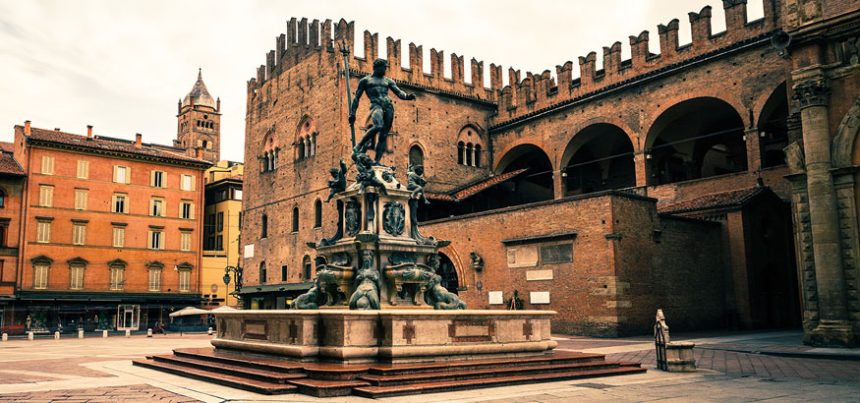The top ten oldest universities in the world hold a special place in history, showcasing centuries of academic excellence and intellectual growth. These ancient institutions, some dating back over a thousand years, have shaped education and influenced societies across continents. From the historic University of Al Quaraouiyine in Morocco, founded in 859 AD, to the renowned University of Oxford in England, established in the 12th century, each university carries a unique legacy.
Exploring the oldest universities reveals fascinating stories of scholars, groundbreaking discoveries, and enduring traditions. This list highlights their founding dates, notable contributions, and cultural significance, offering a glimpse into the evolution of higher learning. Whether you are a history enthusiast or a student of academia, the top ten oldest universities in the world provide an inspiring journey through time, blending ancient roots with modern prestige. Dive into the origins of education with these remarkable institutions that continue to thrive today.
Top Ten Oldest Universities In The World
10. University of Coimbra

Founding Year and Location: Established in 1290 in Lisbon, Portugal, and permanently relocated to Coimbra in 1537.
Historical Significance: Founded by King Dinis I, it is the oldest university in Portugal and played a pivotal role in the Portuguese-speaking world’s higher education. Its early history involved multiple relocations, reflecting the political dynamics of the time.
Notable Features and Contributions: The university’s campus, including the Joanine Library (a Baroque masterpiece completed in 1723), is a UNESCO World Heritage Site since 2013. It has been a center for humanistic studies during the Renaissance and underwent reforms in the 18th century under the Marquis of Pombal, introducing modern subjects.
Current Status: Organized into eight faculties, it offers bachelor’s, master’s, and doctoral degrees, with over 21,000 students, including a significant international cohort. It is a member of the Coimbra Group of European research universities, emphasizing its global research impact.
Cultural Heritage: The university’s historic buildings, such as the former royal palace, reflect its rich architectural and cultural legacy, attracting visitors and scholars alike.
9. University of Naples Federico II
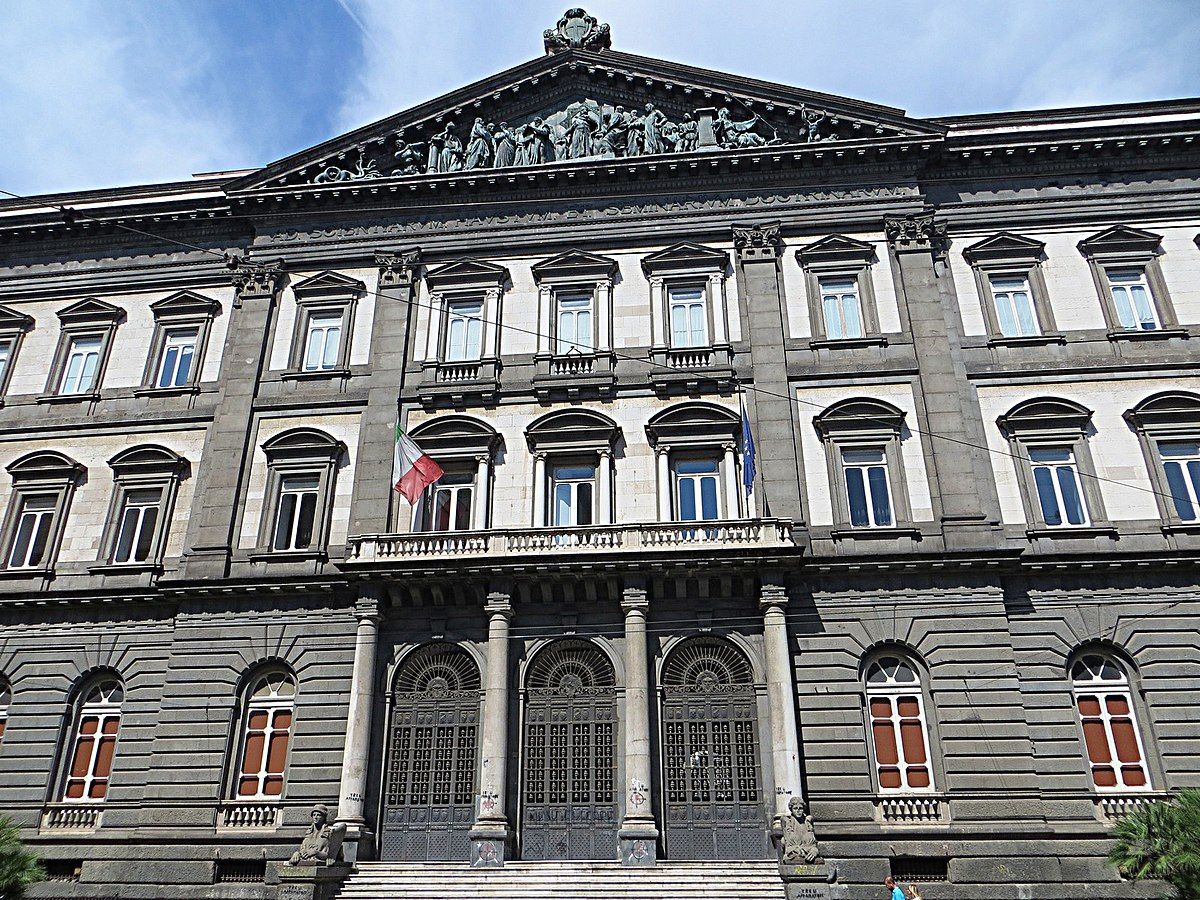
Founding Year and Location: Founded in 1224 in Naples, Italy, by Emperor Frederick II.
Historical Significance: It is the world’s oldest state-founded university, established to train secular administrative staff, independent of papal influence, marking a shift in educational governance.
Notable Figures and Contributions: Over its nearly eight-century history, it has educated figures like Enrico De Nicola and Giovanni Leone, presidents of Italy, and has alumni winning Academy Awards. It hosted the first Apple iOS Developer Academy in 2016, showcasing modern innovation.
Current Status: With over 90,000 students, it is among Europe’s largest universities, organized into three divisions (Science and Technology, Life Sciences, Social and Human Sciences) with 13 schools and 82 departments. It maintains campuses in central Naples, Fuorigrotta, and Camaldoli.
Research and Innovation: Known for its research in various fields, it continues to be a leader in academic and technological advancements, with initiatives like the Cisco Digital Transformation Lab.
8. University of Padua
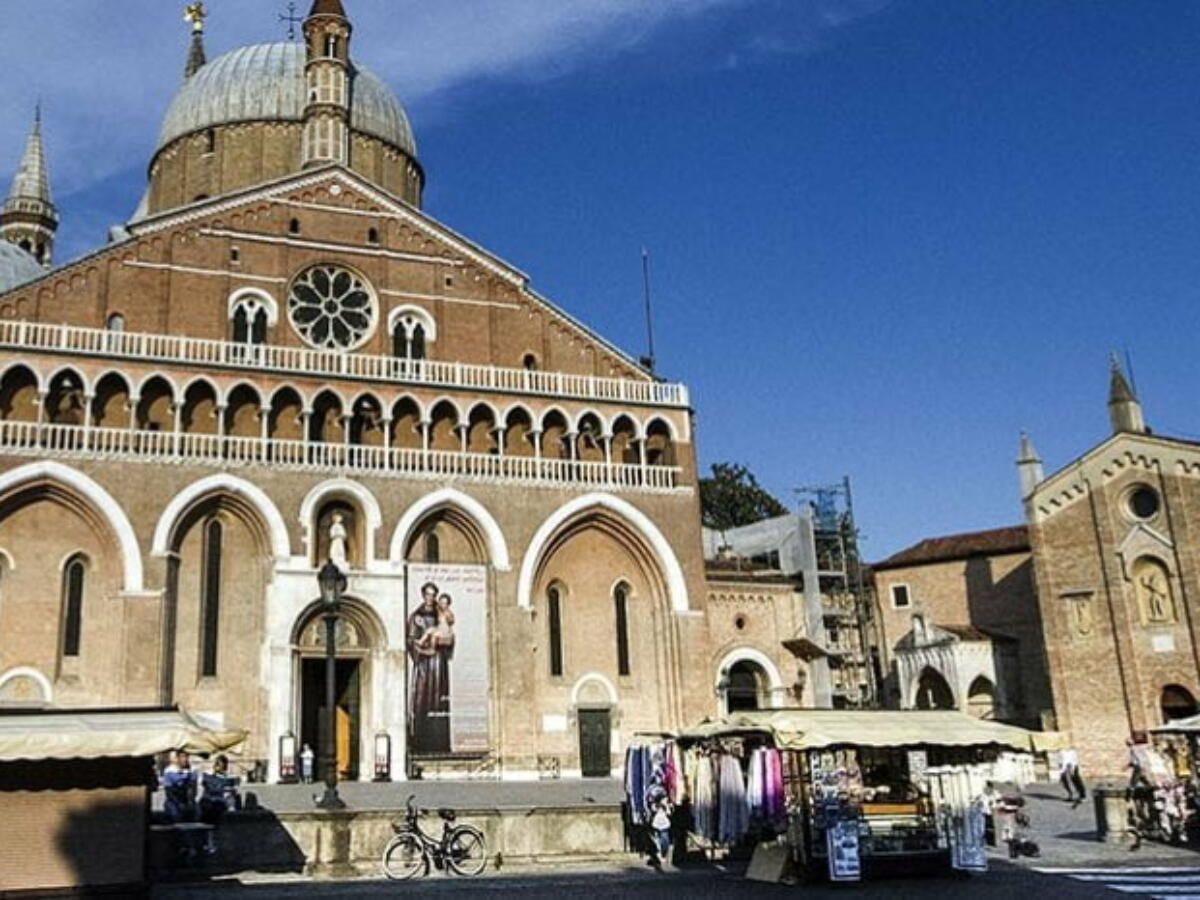
Founding Year and Location: Established in 1222 in Padua, Italy, by scholars seeking academic freedom from Bologna.
Historical Significance: A key player in the Italian Renaissance, it emphasized ‘Libertas scholastica,’ fostering an environment for scientific and medical advancements.
Notable Contributions: Home to Andrea Vesalius, who founded modern anatomy, and Galileo Galilei, who conducted astronomical observations. It was also the first to award a doctorate to a woman, Elena Lucrezia Cornaro Piscopia, in 1678, highlighting early gender inclusivity.
Current Status: Comprising 32 departments and eight schools, it has approximately 72,000 students, offering a wide range of programs. It is part of the Coimbra Group, maintaining its tradition of academic innovation.
Cultural Impact: Its historic buildings and the Botanical Garden, a UNESCO site, reflect its rich heritage, attracting global visitors and researchers.
7. University of Salamanca
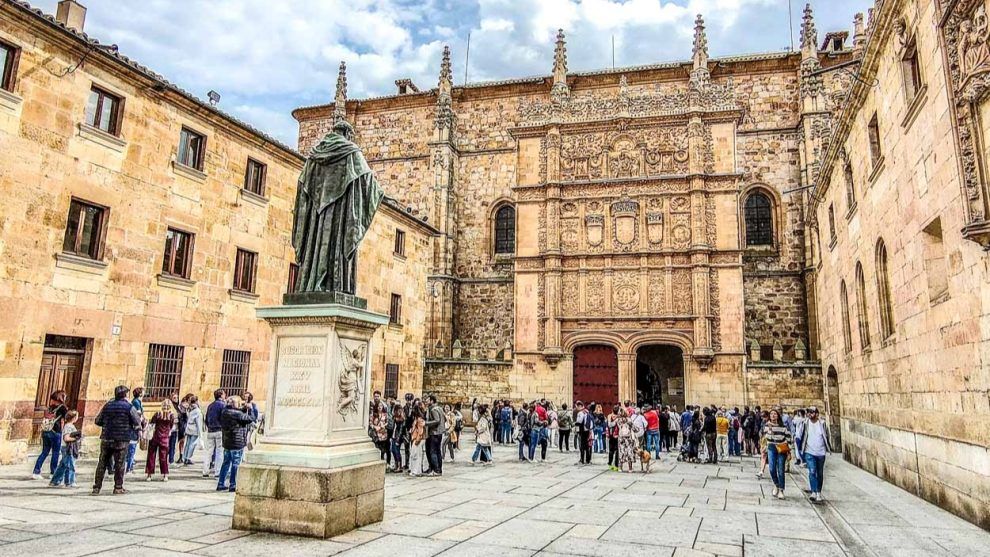
Founding Year and Location: Founded in 1218 in Salamanca, Spain, by King Alfonso IX of Leon.
Historical Significance: The oldest university in the Hispanic world, it was confirmed by King Alfonso X in 1254 and recognized by Pope Alexander IV in 1255, granting universal degree recognition.
Notable Contributions: Renowned for law and humanities, it was a center for international law with Francisco de Vitoria. It also pioneered Spanish language education, establishing a chair for foreigners in 1929.
Current Status: With campuses in Salamanca, Ávila, Zamora, and Béjar, it serves around 30,000 students, offering over 250 programs, maintaining its historical legacy in the humanities and sciences.
Cultural Heritage: The Plateresque façade and Historical General Library, with over 2,774 manuscripts, are key attractions, symbolizing its enduring academic tradition.
6. University of Cambridge

Founding Year and Location: Established in 1209 in Cambridge, England, by scholars from Oxford.
Historical Significance: Second-oldest in the English-speaking world, it evolved from a collegiate system, formalizing its structure in the 19th century with the Cambridge University Act 1856.
Notable Figures: Alumni include Isaac Newton, Charles Darwin, Stephen Hawking, and many Nobel laureates, contributing to science, literature, and economics.
Current Status: With 31 autonomous colleges and over 18,000 students, it offers small-group supervisions, emphasizing research with facilities like the Cavendish Laboratory, attracting nearly 4,000 international students.
Cultural Heritage: Its museums, like the Fitzwilliam, and libraries, holding 16 million books, reflect its rich academic and cultural legacy, influencing global education.
5. University of Oxford
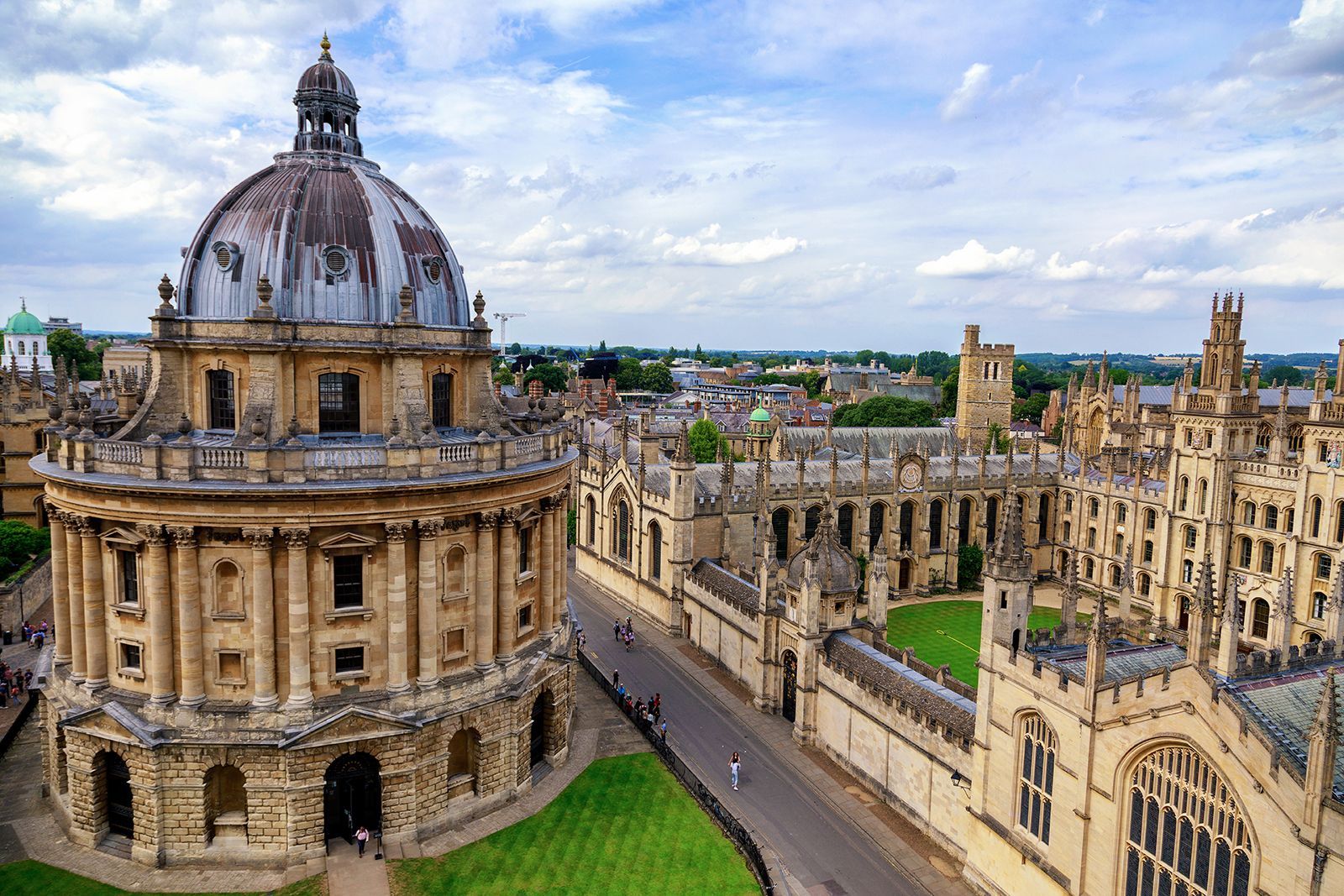
Founding Year and Location: Teaching existed by 1096 in Oxford, England, with formal recognition by 1231, making it the oldest in the English-speaking world.
Historical Significance: Developed rapidly from 1167 after Henry II’s ban on Paris studies, it has a collegiate system with 39 colleges, shaping global academia.
Notable Contributions: Home to William Shakespeare, John Locke, and Margaret Thatcher, it has advanced science, philosophy, and literature, with numerous Nobel laureates.
Current Status: With over 24,000 students, it remains a global leader in research, with institutions like the Ashmolean Museum and Bodleian Library enhancing its cultural impact.
Architectural Legacy: Its historic buildings, such as the Sheldonian Theatre, are landmarks, attracting visitors and symbolizing its enduring academic tradition.
4. University of Bologna
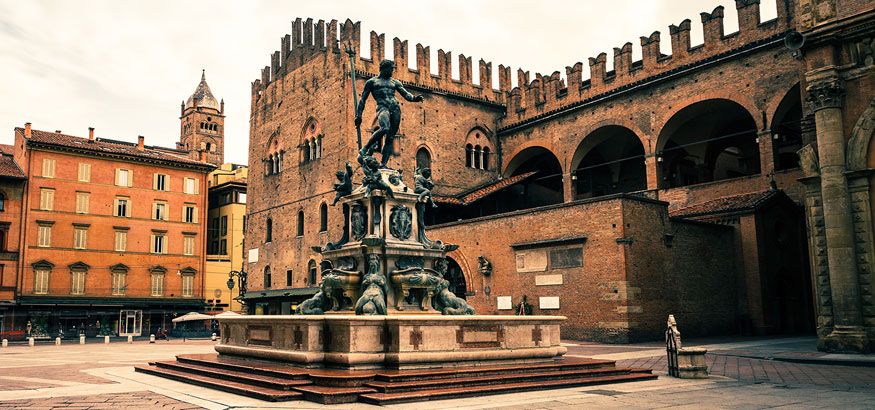
Founding Year and Location: Founded in 1088 in Bologna, Italy, it is the oldest in the Western world.
Historical Significance: Pioneered law studies and student governance, influencing modern university structures, with a charter from Frederick I Barbarossa in 1158.
Notable Figures: Dante Alighieri and Petrarch studied here, contributing to its reputation in humanities and law.
Current Status: With 85,000 students and 23 schools, it offers diverse programs, maintaining its leadership in research and innovation, particularly in law and medicine.
Cultural Impact: Its historic buildings, like the Archiginnasio, reflect its rich heritage, attracting global scholars and visitors.
3. University of Kairouan
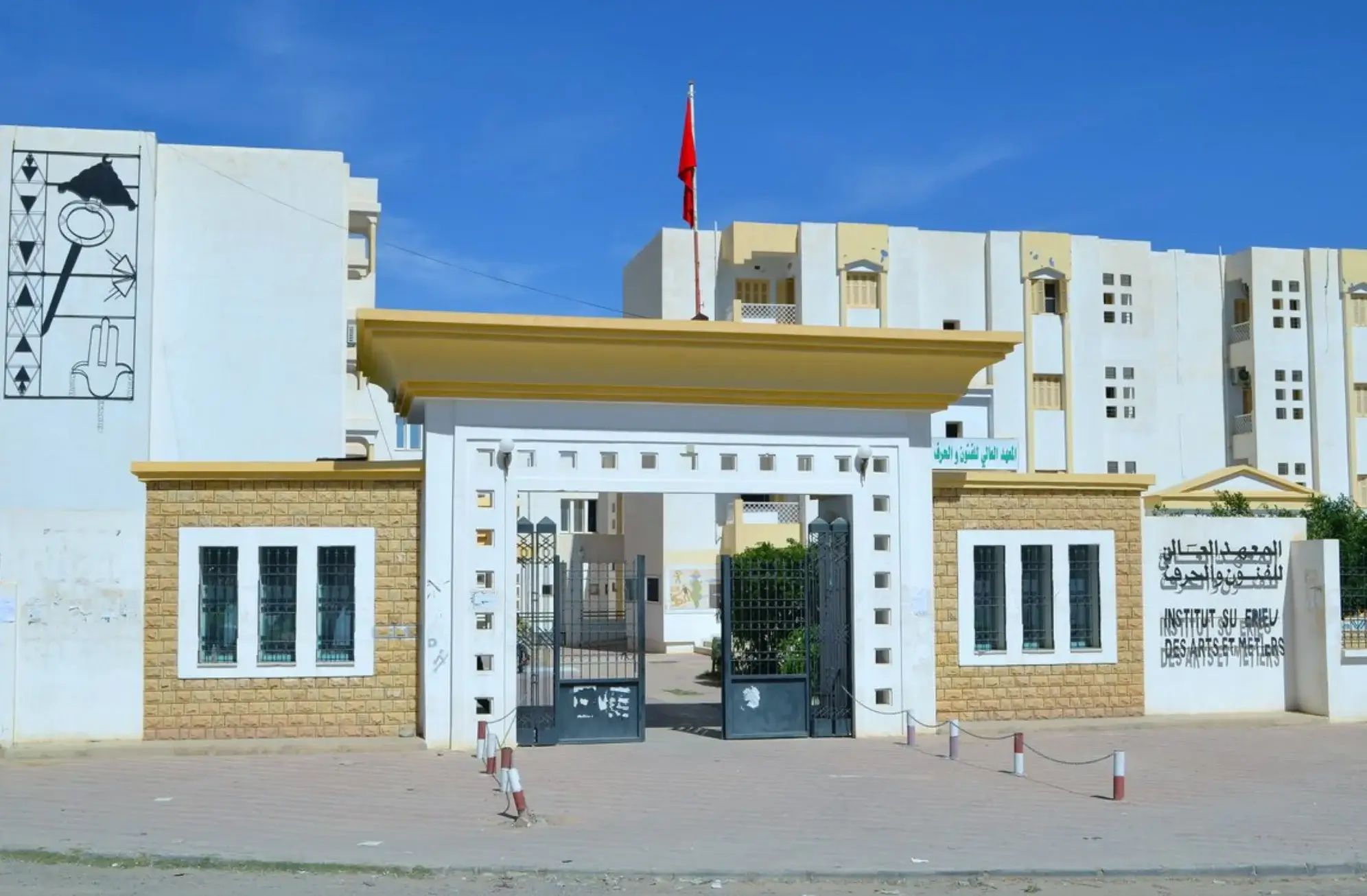
Founding Year and Location: Established in 1070 in Kairouan, Tunisia, during the Zirid dynasty.
Historical Significance: A center for Islamic learning, linked to the Great Mosque of Kairouan, it played a crucial role in preserving Islamic knowledge during the medieval period.
Academic Contributions: Home to scholars in theology and law, its library, one of the oldest, houses valuable manuscripts, contributing to Islamic jurisprudence.
Current Status: The modern University of Kairouan, founded in 2004, continues this legacy, offering programs in literature and human sciences, with around 10,000-14,999 students.
Cultural Heritage: The Great Mosque, a UNESCO site, underscores its historical and cultural significance, attracting researchers and tourists.
2. Al-Azhar University
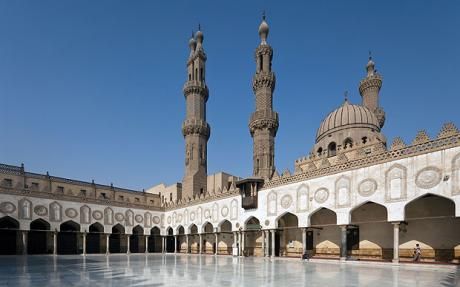
Founding Year and Location: Founded in 970 or 972 in Cairo, Egypt, by the Fatimid dynasty.
Historical Significance: Initially a Shi’ite center, it became Sunni under the Ayyubids, evolving from a madrasa to a university in 1961, a key center for Islamic scholarship.
Notable Contributions: Influential in Islamic law and theology, it has educated scholars like Ibn Khaldun, with a curriculum now including modern sciences.
Current Status: With over 90,000 students, it offers extensive programs, maintaining its role as a religious and academic leader, with state integration since the 1960s.
Cultural Impact: Its mosque and historical role in Egyptian politics highlight its enduring influence in the Muslim world.
1. University of Al Quaraouiyine
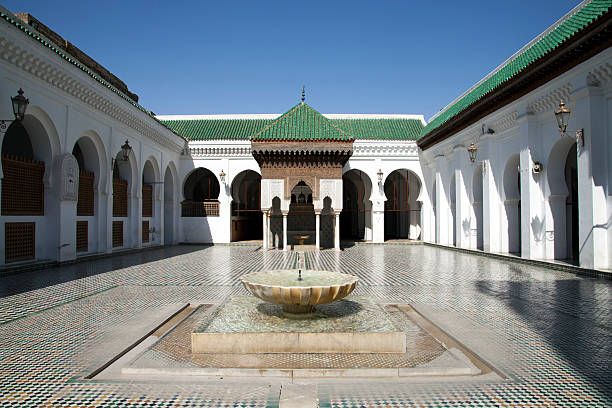
Founding Year and Location: Founded in 859 in Fez, Morocco, by Fatima al-Fihri.
Historical Significance: Recognized by UNESCO and Guinness World Records as the oldest university, it was a leading center during the Islamic Golden Age, incorporated into the state system in 1963.
Notable Contributions: Its library, one of the oldest, houses over 4,000 manuscripts, including works by Ibn Khaldun, contributing to Islamic and global scholarship.
Current Status: As a modern public university, it offers diverse programs, attracting students globally, with a focus on Islamic studies and sciences.
Cultural Heritage: The Al Quaraouiyine Mosque, a UNESCO site, reflects its architectural and cultural legacy, symbolizing Morocco’s intellectual heritage

